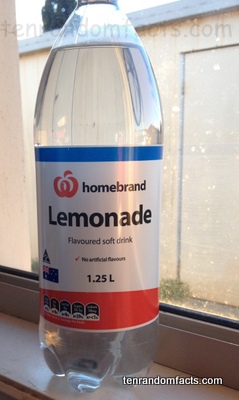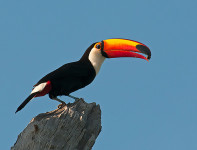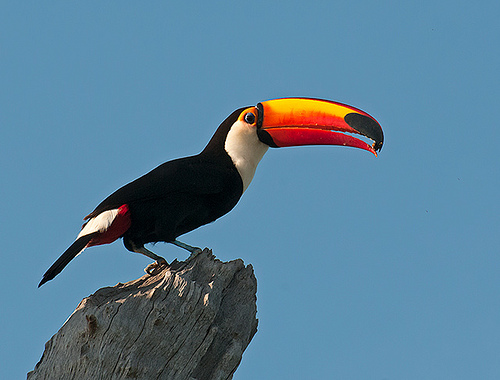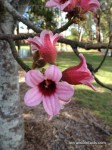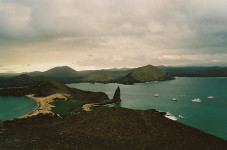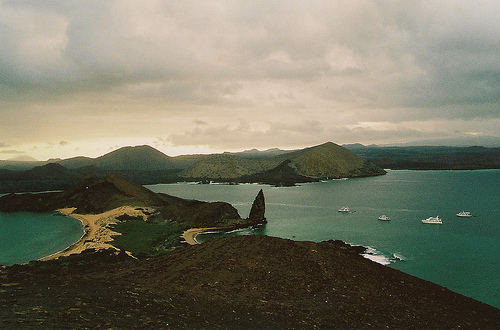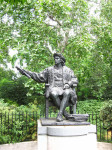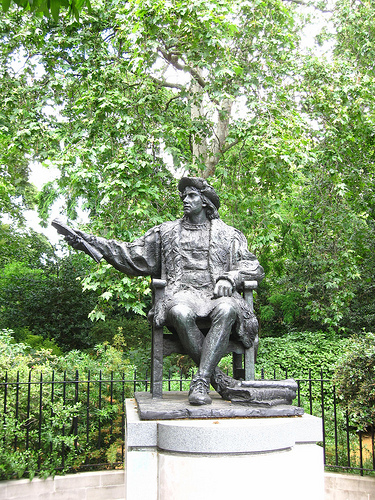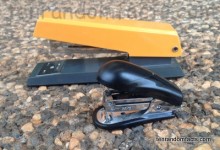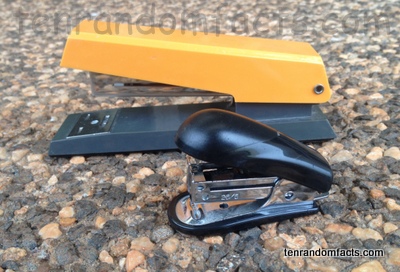
Lemonade is a delicious beverage.
- Lemonade is a sweet beverage that is traditionally flavoured with lemon.
- Lemonade is typically homemade or manufactured commercially, and the latter is carbonated to make a soft drink and often contains citric acid as the flavouring ingredient.
- The primary ingredients of homemade lemonade, are sugar, lemon juice and water.
- Lemonade, although typically used as a beverage, can be made into a frozen snack or dessert.
- Lemonade is sometimes coloured pink, due to the addition of red berry juices or food colouring, and is often sweeter.
- Lemonade recipes can vary widely among countries, with some including ginger, alcohol, mint or pear in their mixes.
- Lemonade was possibly invented by the Egyptians, as there is evidence of sweetened bottled lemon juice, known as ‘qatarmizat’, being made and exported from the 900s AD.
- Lemonade is traditionally yellow to white in colour, although can be coloured differently with fruit juices and food colourings.
- Lemonade has its own national day of the same name, in the United States of America, and is celebrated annually on the 20th of August.
- Homemade lemonade has a significant quantity of vitamin C and carbohydrates.
Bibliography:
History of Lemonade, 2012, 20-20 Site, http://www.2020site.org/history/history-of-lemonade.html
Kartha D, History of Lemonade, 2009, Buzzle, http://www.buzzle.com/articles/history-of-lemonade.html
Lemonade, 2014, Wikipedia, http://en.wikipedia.org/wiki/Lemonade
Wright C, History of Lemonade, 2014, CliffordAWright.com, http://www.cliffordawright.com/caw/food/entries/display.php/id/95/




